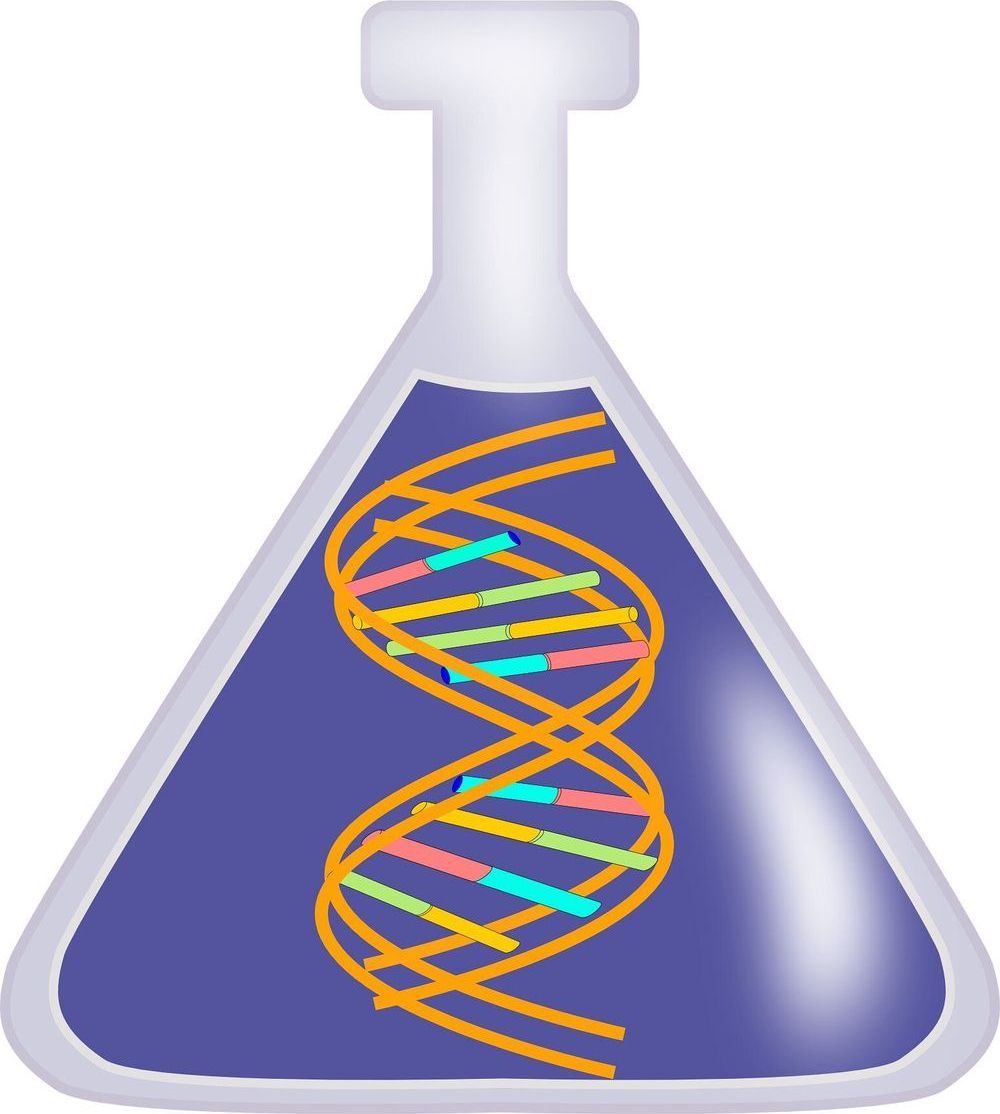Look deep inside our cells, and you’ll find that each has an identical genome –a complete set of genes that provides the instructions for our cells’ form and function.
But if each blueprint is identical, why does an eye cell look and act differently than a skin cell or brain cell? How does a stem cell—the raw material with which our organ and tissue cells are made—know what to become?
In a study published July 8, University of Colorado Boulder researchers come one step closer to answering that fundamental question, concluding that the molecular messenger RNA (ribonucleic acid) plays an indispensable role in cell differentiation, serving as a bridge between our genes and the so-called “epigenetic” machinery that turns them on and off.









Comments are closed.